Darters
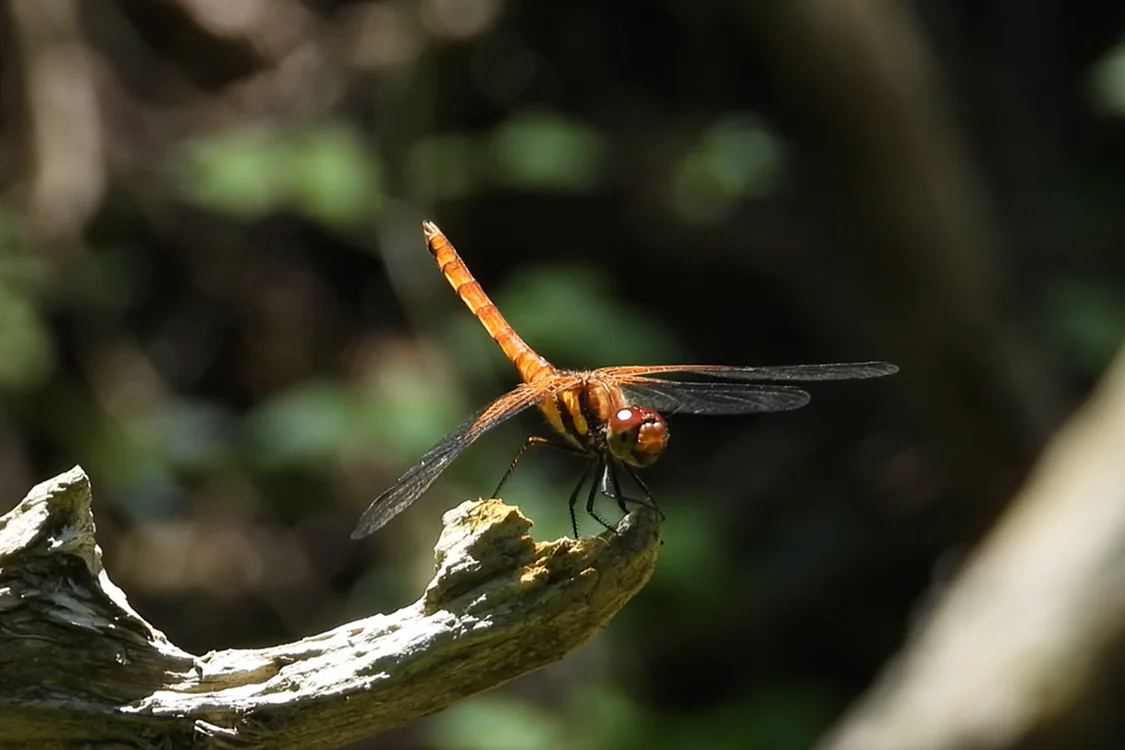
This page contains photos of animals.
A Red Dragonfly Familiar to Most Japanese From the Children’s Song “Yuyake Koyake no Akatonbo”
There are actually many kinds of darters, which are medium-sized reddish dragonflies. However, the one commonly seen during summer in mountainous areas of Japan, like our Natural Water Sanctuaries, is the autumn darter.
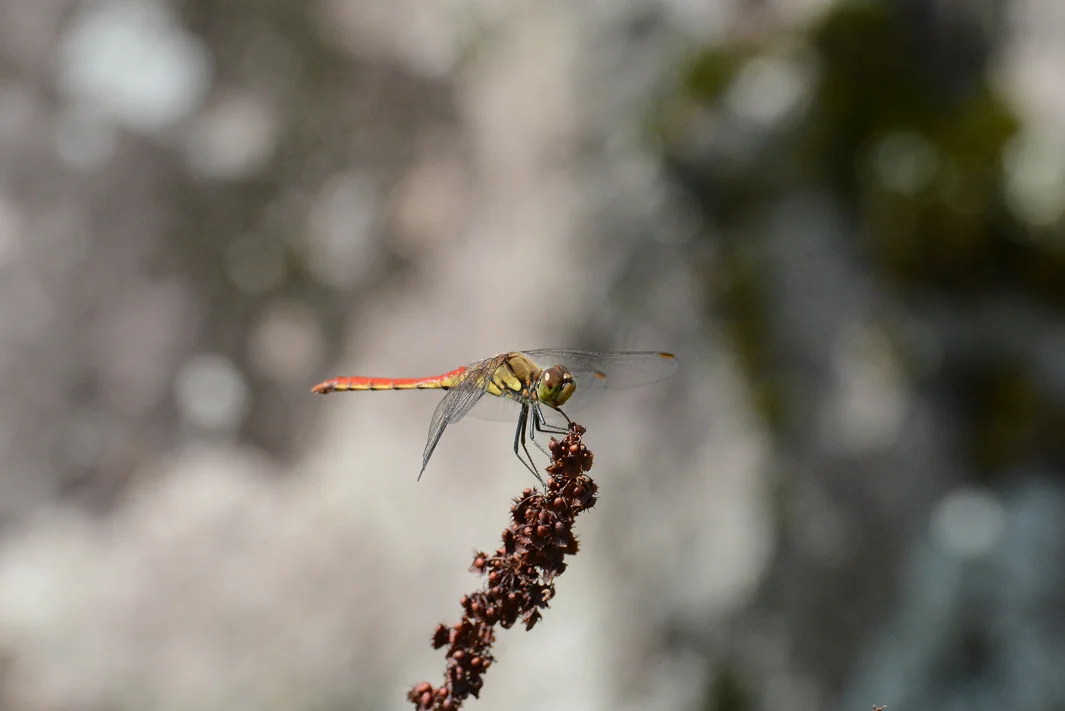
Not too long ago, autumn darters used to fly in great swarms, covering the sky around the time rice paddies are ready for harvest. Their numbers have since declined, most likely due to pesticides and global warming.
Dragonflies that Hatch in Rice Paddies
Autumn darters mate in heart-shaped pair formations. This occurs in grassy areas near puddles in harvested rice paddies or near shallow ponds in lowland areas. After staying in that heart-shaped formation for about 10 minutes, the pair remains joined and fly over the water surface, where the female lays eggs by tapping the water. It is said that a single female lays around 2,000 eggs.
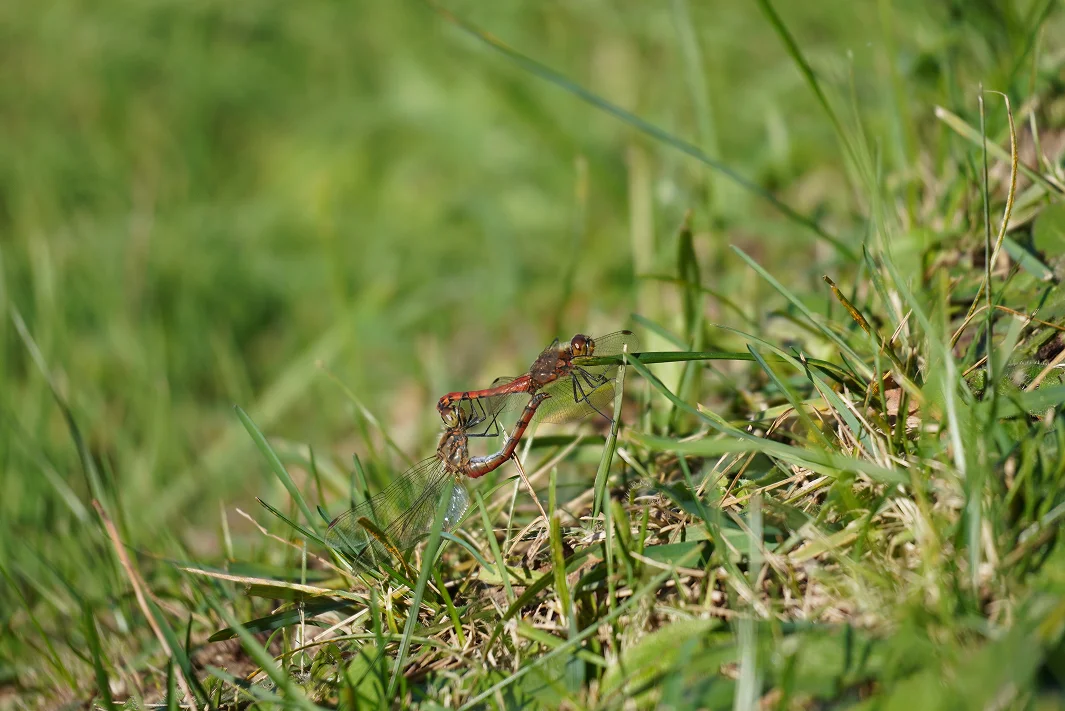
The eggs overwinter in the mud of dried-up paddies, then hatch in spring when the paddies are reflooded, becoming aquatic nymphs. They feed on organisms like water fleas, tadpoles, and small fish, grow, and then emerge as dragonflies around July.
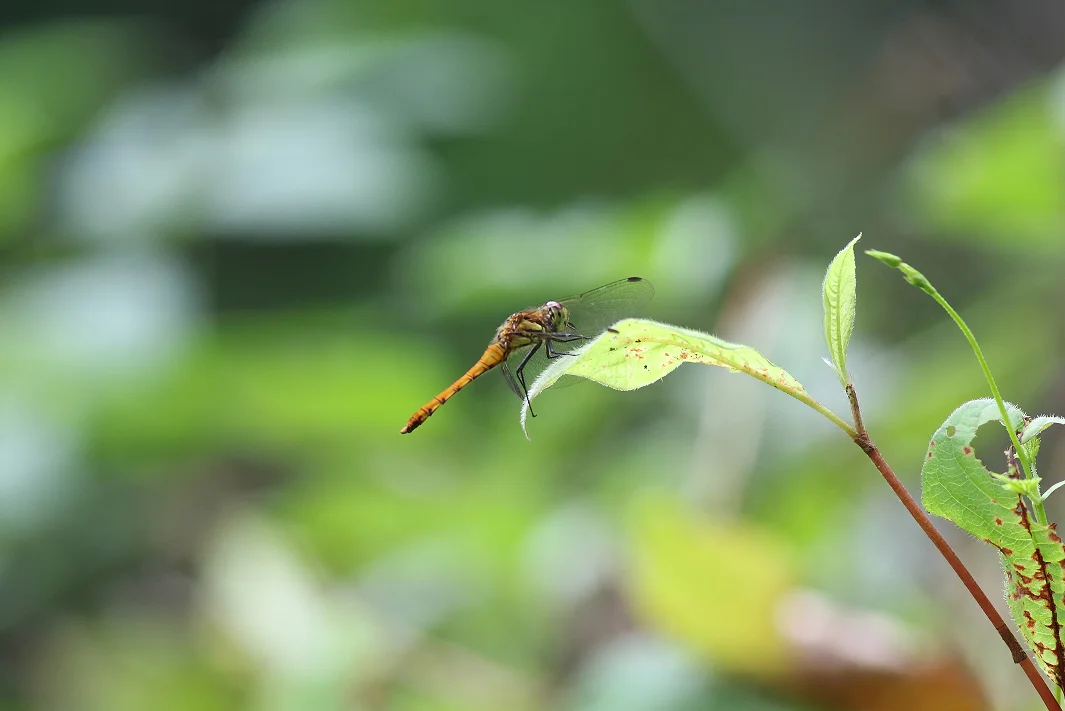
Not Heat-Lovers
After emerging, autumn darters eat large numbers of insects around the paddies (including pests like shield bugs and planthoppers). It would be ideal for farmers if they stayed in the paddies, but unfortunately, autumn darters hate the heat. They cannot survive in places where temperatures exceed 30 degrees Celsius. So, they all migrate to mountains and highlands to escape the summer heat. While there, they slowly mature and their dull brown abdomens turn a vibrant red.
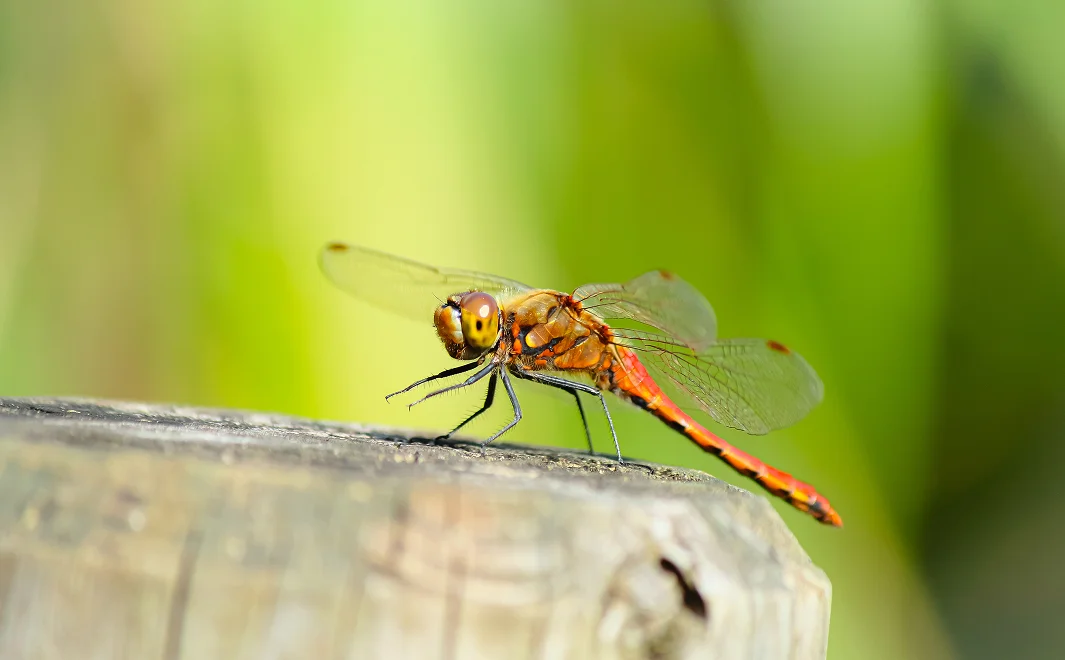
After turning red, these mature darters return to their birthplace paddies and continue the cycle of life. In recent years, however, global warming has disrupted that cycle. Even during the egg-laying season, lowland paddies are no longer cool enough. As a result, heat-averse autumn darters are unable to descend to the lowlands.
Once a Reliable Ally of Organic Rice Farmers ...
In Natural Water Sanctuary Aso, promote water resource cultivation using winter-flooded paddies—a farming method where fields are flooded during the fallow winter season.
In these organically farmed winter-flooded paddies, pest control relies on natural predators such as autumn darters, frogs, swallows, and spiders. Especially around harvest time, the arrival of the voracious autumn darters is eagerly anticipated. Going forward, however, it may not be something we can rely on.
Will there come a time when Japanese children no longer understand what is meant by “red dragonflies” when they hear the lyrics of the old folk song?
Learn about our activities involving winter-flooded paddiesNatural Water Sanctuaries are Home to Many Other Living Things
Learn about some of the birds, mammals, insects, and living things that enrich the soil thriving in our Sanctuaries.
Learn about the living things in the Natural Water Sanctuaries
 Home
Home Initiative Policy and Structure
Initiative Policy and Structure Living Things in the Natural Water Sanctuaries
Living Things in the Natural Water Sanctuaries Dedication to Water
Dedication to Water Natural Water Sanctuaries
Natural Water Sanctuaries  Natural Water
Natural Water  Initiative History
Initiative History